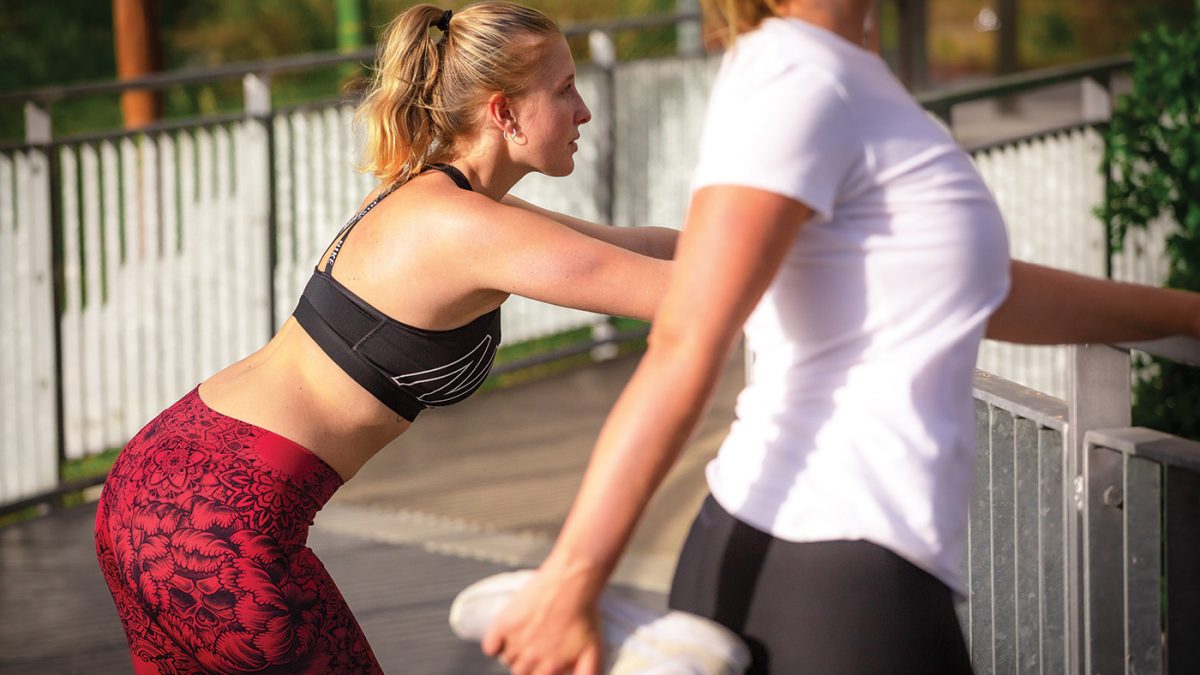
Elevate Your Heart Rate With Physical Therapy
March 8, 2022
Fibromyalgia – What to Do When the Fibro Ignites
August 8, 2022The COVID-19 pandemic changed a lot, including our exercise habits. Between stay at home orders, gym closures and working from home, activity levels dropped. On top of all that, there were shortages of equipment like dumbbells and bicycles, making staying active difficult even if you wanted to.
But things look quite a bit different this year. Vaccines are widely available, restrictions are loosening and people are looking to get active and enjoy the warmer weather. But if you had a long break from activity, your body won’t be ready to jump right back in. Here are a few tips to help you get more active without getting hurt:
Start slow
- If you’re a runner, think about a walk to run program
- If you’re a weight lifter, start with lighter weights and less reps.
- Whatever your activity of choice is, start with short periods of activity and gradually work your way back up.
Warm up and cool down
A good warm up gets your heart and lungs ramped up and prepares your muscles and tendons for the increase in activity about to come. Include some light cardio like walking, jogging, or cycling, followed by active stretching like butt kicks, high knees, or yoga.
Cooling down transitions your body back to a lower state of stress – it brings your heart rate and breathing down, decreases blood flow to your muscles and back to places like your digestive system, and helps you relax. It’s also a great place for static stretches if you need some work on your flexibility.
Take a day off
Rest days let your body recover and keep you from getting burned out. Not enough exercise isn’t good for you, but too much of a good thing can cause problems too.
Watch for early signs of injury
Some soreness for a couple of days after an increase in activity is normal, especially if you’ve had a long break. But there are a few common issues to watch out for as you return to activity:
- Swelling or bruising
- Joint pain, especially in the knees or shoulders
- Foot pain, which could be a sign of plantar fasciitis
- Muscle strains – these are particularly common in the hamstrings
- Sprains – most common in the ankle
Any of these issues justifies a call to your physical therapist. Getting checked out early can prevent an injury that derails your attempt to return to activity. PTs see all of the issues above on a regular basis and can help safely guide you back into a more active lifestyle.
For more information or to get some help preventing or dealing with an injury, contact Dr. Birgit Reher at PT@synergyfitnessforher.com.





